Wine Goes To The Movies With
"The Magnificent Seven" is based on the great Japanese film, "The Seven Samurai." The setting is completely different, of course, and the Magnificent Seven don't speak Japanese. There's more stucco than paper in the construction business. Oh, and the western samurai use guns instead of swords. That's fair, because the bad guys in "The Magnificent Seven" use guns, too. Gun-versus-sword fights don't usually last too long. See "Raiders of the Lost Ark" for why.
The action's not the only exciting thing about "The Magnificent Seven." Elmer Bernstein's score never fails to thrill, and it may cause you to search around for a Marlboro red to fire up. The soundtrack's main theme was used in Marlboro TV commercials back in the '60s. Yes, Virginia, smokes used to be advertised on television. That distinctive opening riff was also the inspiration for the horn intro to Arthur Conley's "Sweet Soul Music" in 1967. Take that to your next trivia contest.
It's interesting that just as the story of "The Seven Samurai" was borrowed for "The Magnificent Seven," the mercenaries-protecting-the-weak theme was used again in the '80s science fiction film, "Battle Beyond the Stars."
The film was shot in Cuernavaca, Mexico - south of Mexico City. Most of the grape growing in Mexico occurs well north of there, but we'll make a Baja recommendation later.
Yul Brynner sold some of his wine collection in the early '90s - 1,800 bottles for over $124,000. There was some Chateau Haut-Brion 1959 in that collection, but the price has gone up considerably since then. We'll save that choice for something really special - like when we hit the lottery. Brynner was married on the set of the movie! I wonder if any of that wine was leftover from the wedding fiesta?
The villagers who hired the seven gunslingers couldn't afford to pay much, so in honor of them let's get our wine for "The Magnificent Seven" from the supermarket. How about a Zinfandel for each of the hired guns? Michael David Winery's 7 Deadly Zins combines Zinfandel from seven different Lodi vineyards for a wine any hired gun would love after a hard day of wipin' out the bad guys. If you're a "white hat" kind of cowboy, try their 7 Heavenly Chards. Both wines sell for under $15.
Or, you can grab some of these from your holster:
J Lohr Seven Oaks Paso Robles Cabernet Sauvignon - Six grape varieties here, with Cab leading the way.
Seven - A Spanish blend of seven grapes, with Tempranillo dominant.
Seven Of Hearts - An Oregon producer offering a line of wine ranging from affordable to pricy.
Seven Daughters - A blend of seven grapes grown in California, it comes in red and white. From the Terlato family.
Grenache Valle de Guadalupe, Baja, Mexico - From Carlsbad, California, Witch Creek Winery also serves up several other wines sourced from Baja.
"Mexican Wine" by Fountains of Wayne - You can watch it before the movie, like a cartoon.
Samurai Wine Caddy - A tip of the hat to the source material for this movie, this guy will guard that bottle so well you might not ever open it.


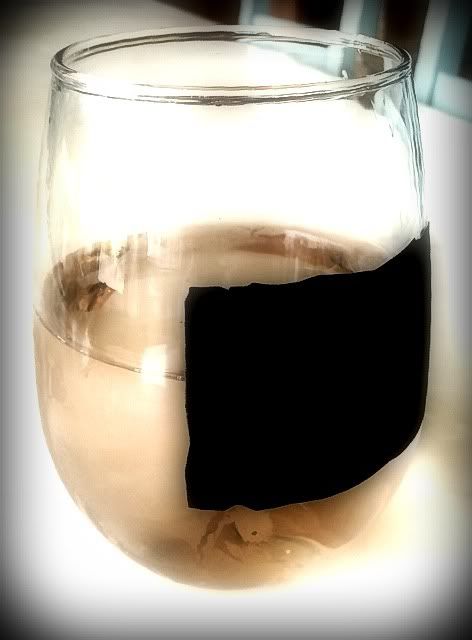
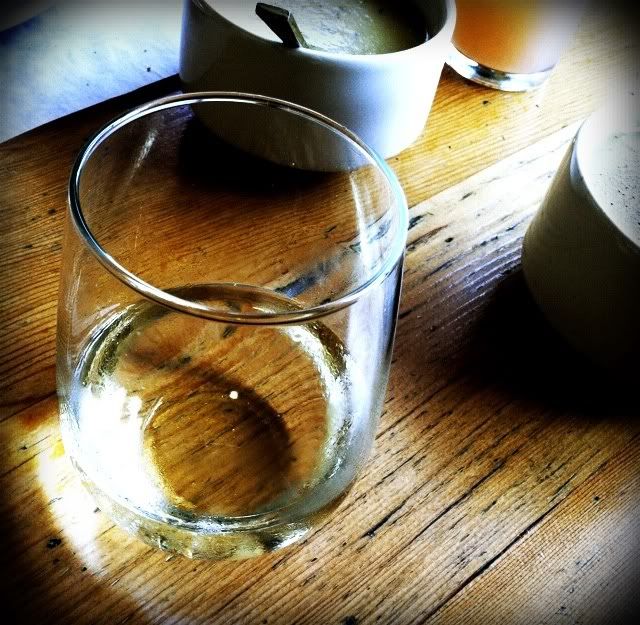


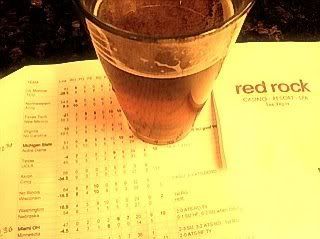



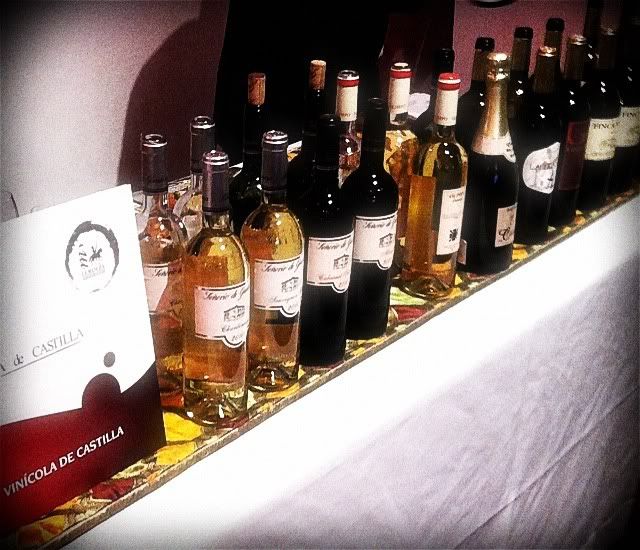 Bodegas La Remediadora
Bodegas La Remediadora
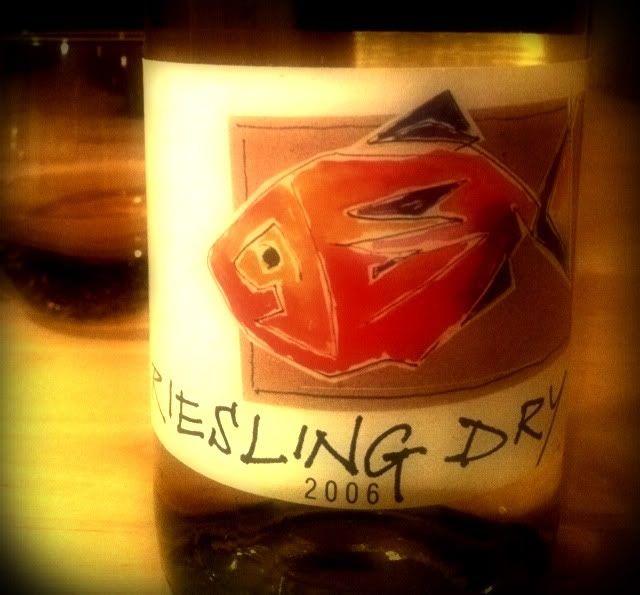
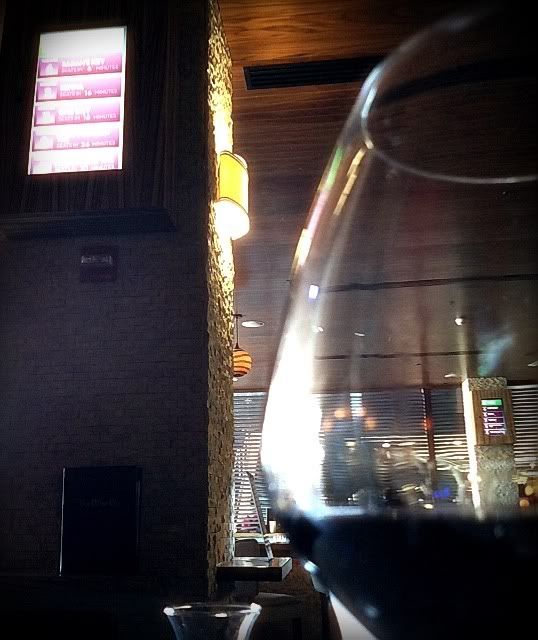
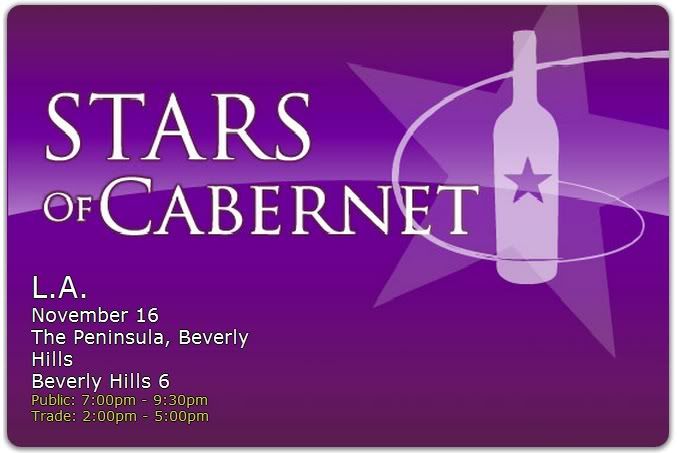
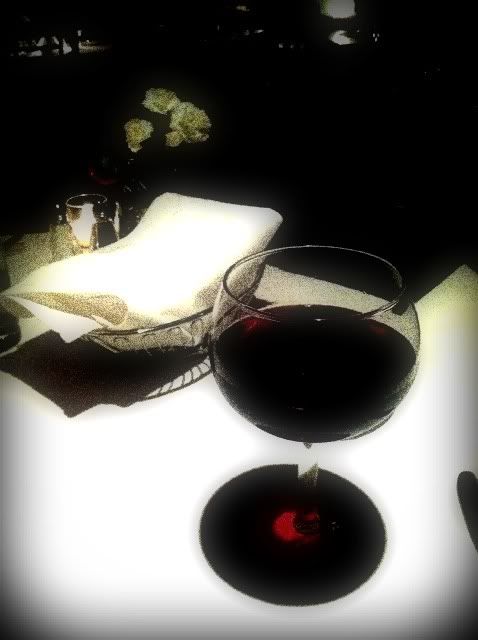
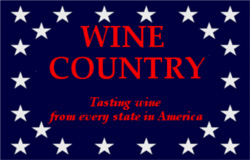
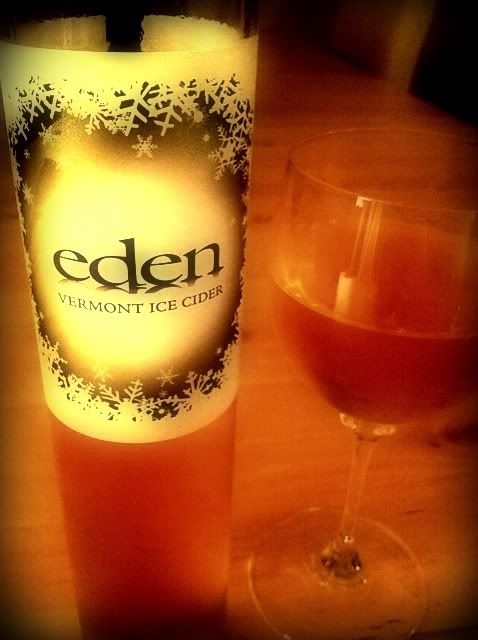 Eden Cidre de Glace du Vermont Calville Blend 2010Eleven different apple varieties go into this blend: Empire, Macintosh, Roxbury Russett, Calville Blanc, Cox's Orange Pippin, Hudson's Gem, Ashmead's Kernel, Esopus Spitzenberg, Black Oxford, Belle de Boskoop and Reinettes. Whew! This cider has a 10% abv number and 15% residual sugar.
Eden Cidre de Glace du Vermont Calville Blend 2010Eleven different apple varieties go into this blend: Empire, Macintosh, Roxbury Russett, Calville Blanc, Cox's Orange Pippin, Hudson's Gem, Ashmead's Kernel, Esopus Spitzenberg, Black Oxford, Belle de Boskoop and Reinettes. Whew! This cider has a 10% abv number and 15% residual sugar.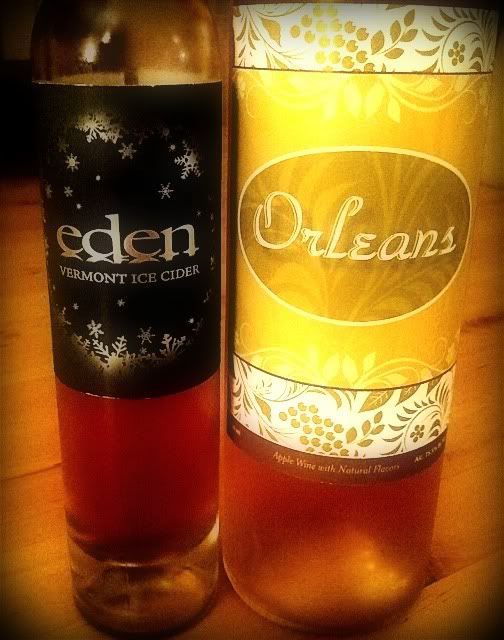 Eden Cidre de Glace du Vermont Northern Spy 2009This one is a single-variety ice cider made from 100% Northern Spy apples and aged in French oak for a year. The color is extremely rich looking, darker than the unoaked cider. It looks quite like bourbon in the glass and it smells like a holiday apple pie, with that baked apple aroma drenched in cinnamon and nutmeg. Much oak nuance graces the palate, too. It's viscous, like the unoaked, but a bit more tart on the finish. I find it quite complex with maybe a bit more of a "grownup" taste. They advise you pair it with cheddar or creamy blue cheese.
Eden Cidre de Glace du Vermont Northern Spy 2009This one is a single-variety ice cider made from 100% Northern Spy apples and aged in French oak for a year. The color is extremely rich looking, darker than the unoaked cider. It looks quite like bourbon in the glass and it smells like a holiday apple pie, with that baked apple aroma drenched in cinnamon and nutmeg. Much oak nuance graces the palate, too. It's viscous, like the unoaked, but a bit more tart on the finish. I find it quite complex with maybe a bit more of a "grownup" taste. They advise you pair it with cheddar or creamy blue cheese.
